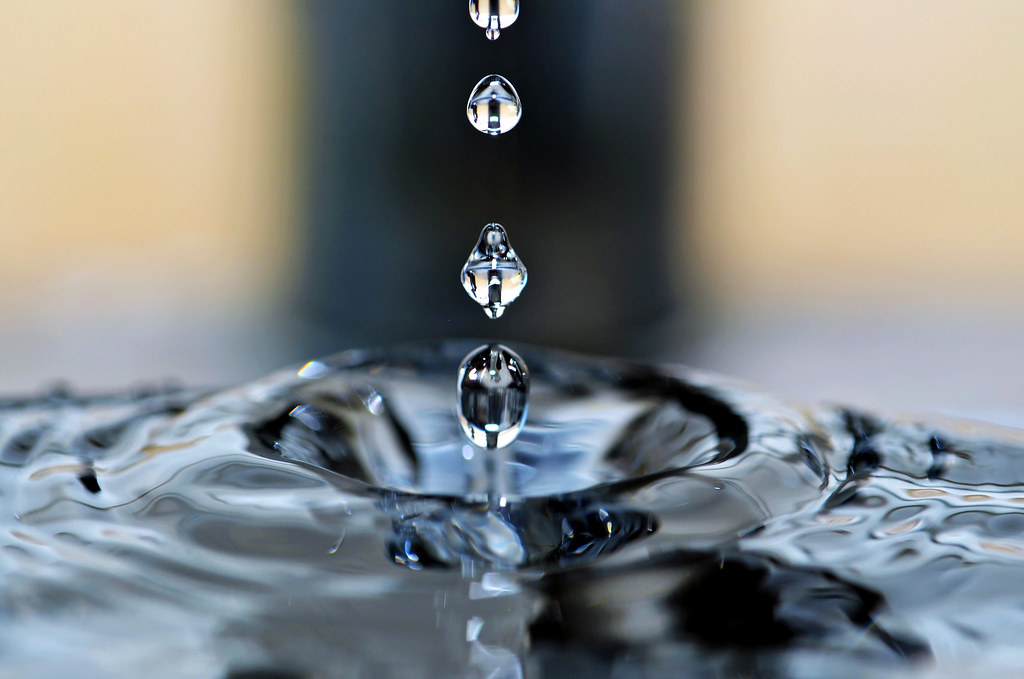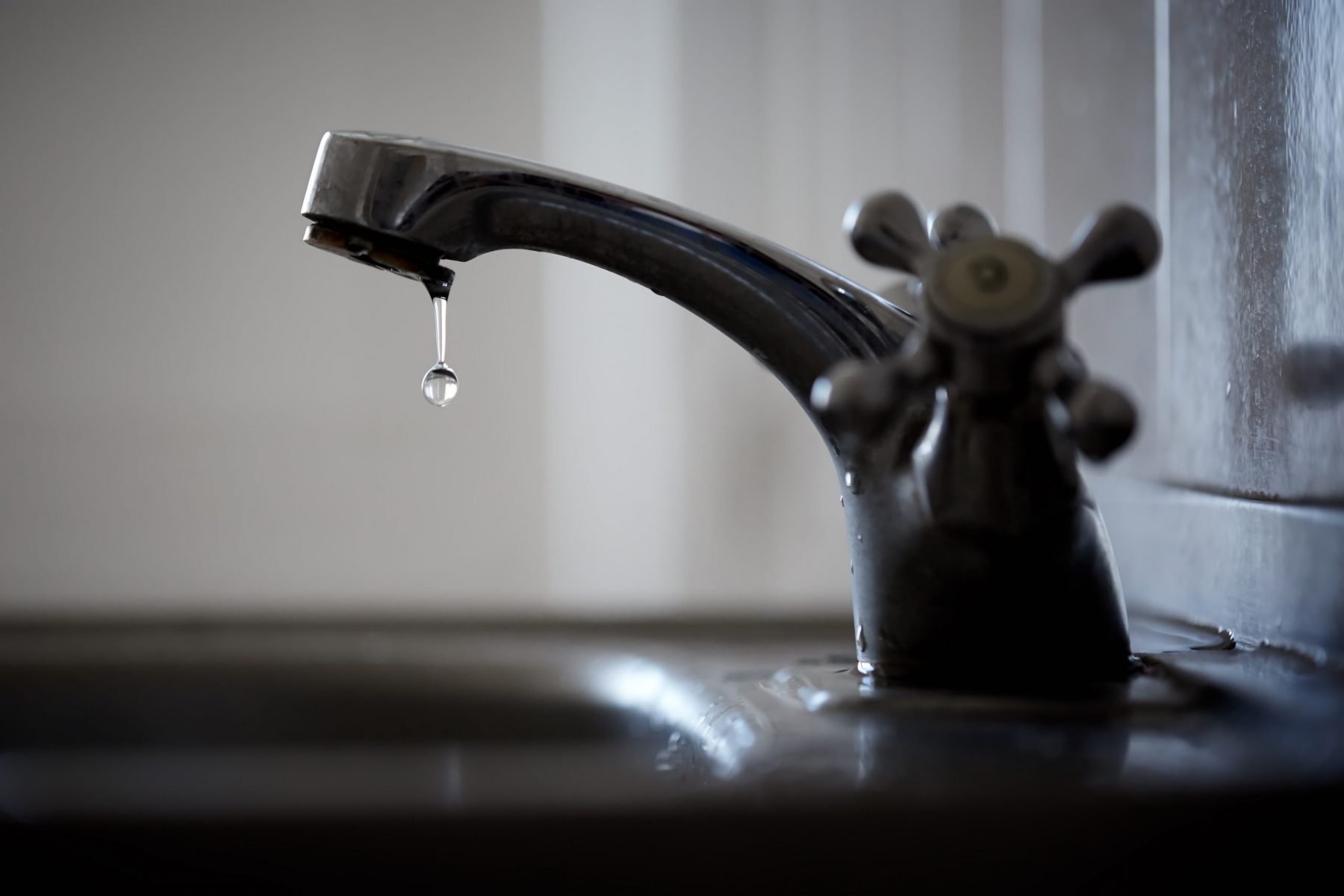Learning the Effect of a Busted Faucet
Learning the Effect of a Busted Faucet
Blog Article
The content following next on the subject of Potential Health Risks Associated With Leaky Faucets is rather attention-grabbing. Have a go and make your own findings.

Intro
A leaky tap could look like a minor annoyance, yet its repercussions prolong far beyond the occasional drip. Comprehending the effects of a leaky tap is crucial for both property owners and the atmosphere. In this short article, we'll explore the various impacts of this common household issue and why resolving it without delay is essential.
Causes of Leaky Faucets
Leaky taps can result from a variety of factors, consisting of damage, high water pressure, and corrosion. Over time, the continuous use of faucets can bring about damaged seals and gaskets, triggering leaks to develop. Additionally, too much water stress can put strain on plumbing components, causing leaks. Deterioration and corrosion can likewise deteriorate faucet components, making them vulnerable to leak.
Water Wastage
Among one of the most significant effects of a leaking faucet is water wastefulness. Even a small drip can amount to gallons of wasted water with time. This not just drives up water costs yet likewise adds to water shortage and environmental deterioration. Dealing with dripping faucets without delay is vital for conserving this priceless resource and decreasing its influence on the planet.
Financial Influence
In addition to wasting water, leaking faucets can likewise have a significant monetary impact. Boosted water bills are a straight consequence of water waste, costing house owners hundreds of dollars each year. Furthermore, the expense of fixing water damages caused by leaks can be significant, especially if left ignored for an extended period.
Ecological Influence
The environmental effect of dripping taps extends beyond water wastefulness. By preserving water, property owners can add to broader initiatives to minimize water scarcity and safeguard all-natural ecosystems. Sustainable options such as rain harvesting and water-efficient components can better decrease the environmental footprint of family water use.
Technical Solutions
Advancements in innovation have brought about the development of smart faucets and water-saving gadgets that assist decrease water wastefulness. Smart faucets use sensors to spot movement and change water circulation as necessary, lowering waste without giving up ease. Water-saving tools such as aerators and low-flow showerheads are also efficient in saving water without jeopardizing performance.
Worldwide Point of views
While leaking faucets may look like a localized issue, they add to more comprehensive worldwide challenges such as water scarcity and environment change. In regions already facing water stress, every drop counts, making leak prevention and repair important. By adopting water-saving techniques and buying lasting innovations, property owners can play their part in resolving these pushing international concerns.
Regulative Procedures
Government regulations play an essential duty in minimizing the effect of leaky taps and promoting water conservation. From constructing codes that need water-efficient fixtures to water-saving motivations and refunds, policymakers have a range of devices at their disposal. By carrying out and implementing these regulations, federal governments can make sure that property owners focus on water conservation in their daily lives.
Area Effect
Addressing leaking faucets calls for collective initiatives at the community degree. By raising recognition about the relevance of water conservation and giving resources for leakage detection and fixing, regional authorities can encourage property owners to take action. Efforts such as water-saving discount programs and leak discovery projects can incentivize behavior adjustment and promote accountable water use.
Case Researches
Real-life instances of the influence of leaky taps highlight the importance of positive maintenance and timely repair work. From water damage to escalating water costs, the consequences of neglecting leakages can be severe. By sharing these case studies, home owners can better comprehend the relevance of addressing dripping faucets immediately.
Educational Campaigns
Educational projects play an essential function in elevating awareness regarding the impacts of dripping taps and promoting water conservation practices. With workshops, workshops, and on the internet sources, home owners can learn how to identify and repair leaks themselves. By equipping individuals with understanding and devices, academic projects can cultivate a society of liable water use within areas.
Wellness Problems
Dripping taps can develop helpful settings for mold and mildew and mildew growth, posing health risks to occupants. The presence of mold can exacerbate respiratory issues and allergic reactions, specifically in at risk people. In addition, water damages resulting from leaks can compromise the structural honesty of structures and bring about pricey repair services.
DIY vs. Professional Repair
When faced with a dripping tap, house owners typically discuss whether to attempt fixings themselves or work with an expert plumber. While DIY repairs can conserve money, they may not constantly deal with the hidden concern efficiently. Professional plumbers have the expertise and tools to identify and fix leakages properly, guaranteeing lasting options and peace of mind for home owners.
Preventive Measures
Preventing leaking faucets needs regular maintenance and proactive actions. Basic tasks such as changing worn-out washing machines and seals can prevent leaks from establishing. Additionally, upgrading to high-quality components and reducing water stress can aid extend the life-span of faucets and lessen the risk of leakages.
Conclusion
To conclude, the results of a leaky tap expand much past the occasional drip. From water waste and raised water expenses to health and wellness concerns and environmental effect, the repercussions of ignoring leaks can be substantial. By addressing leaking taps promptly and adopting water-saving methods, homeowners can reduce these impacts and add to an extra lasting future.
Why You Shouldn’t Ignore a Leaky Faucet in Your Home
What Causes a Leaky Faucet?
Various factors can cause a leak, from loose and worn-out parts to corrosion. Your faucet has four essential components from which most plumbing issues will stem: the O-ring, the valve seat, the washer and the gasket.
What Is an O-Ring?
The O-ring is a stem screw that fastens parts of the faucet in place, preventing water from leaking out of the spout. Depending on your faucet type, the stem might have multiple O-rings. Water will drip from the faucet’s handles and base if this part breaks or deteriorates.
What Is a Valve Seat?
The valve seat controls the flow and temperature of the water. Found at the base of the handle, it works as a seal for the faucet’s stem. The valve seat ensures the water is allowed to flow or is blocked as the handles dictate. You’ll know it’s malfunctioning when water leaks from your faucet’s sides.
What Is a Gasket?
The gasket is found between the water inlet and the valve stem. It creates a seal between the faucet and the sink, holding its joints by aerators attached to the stem’s head. Water will trickle out from the base if the gasket isn’t working.
What Is a Washer?
The washer secures the handles and prevents leakage, serving a similar purpose to the O-ring. While the O-ring is ordinarily round and made from an elastic material, such as rubber, the washer is square-shaped and composed of brass, copper and other hard metals. If it malfunctions, corrodes or has been improperly installed, water will leak out of the handles, causing that incessant faucet drip.
Why Is a Leaky Faucet Dangerous?
A leaky faucet left alone for too long can have significant consequences.
Pest Infestations
Since bugs and rodents gravitate towards the scent of water, a leaky faucet will draw pests to your sink. Both are looking for leaks accessible through crawl spaces, which a faucet provides. If you leave water dripping for too long, you run the risk of an infestation.
Rust
If one of the faucet parts has started to corrode, the resulting rust can spread to your pipes and valves with startling speed. The rust might even lead to cracks or other impairments, resulting in more severe plumbing issues.
Your sink could also sustain damage from a leaky faucet. The water in your tap possesses sparse elements of calcium and iron that can stain your sink with repeated and prolonged exposure. Once those elements in the water have been open to the air for some time, your sink will start to rust, creating marks that can be difficult to remove.
https://www.tomsmechanical.com/blog/why-you-shouldnt-ignore-a-leaky-faucet-in-your-home

As a passionate reader about Causes and Consequences of a Leaky Faucet, I thought sharing that information was worthwhile. For those who liked our blog posting if you please consider to share it. We recognize the value of your readership.
Report this page